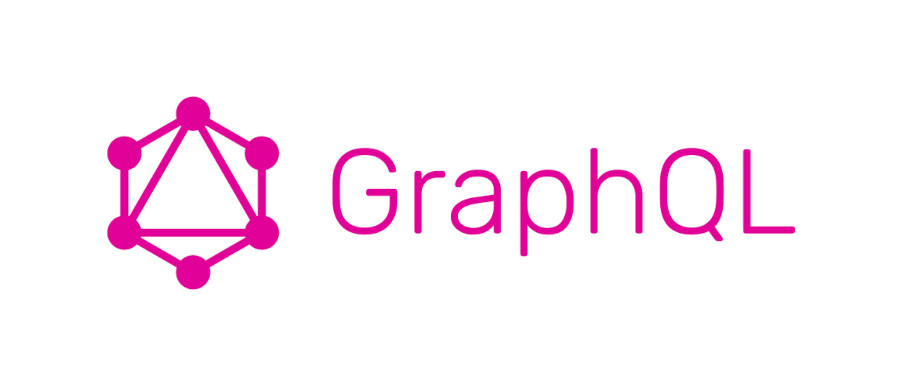In this post, we are going to see what GraphQL is and where to use it.
What is GraphQL?
GraphQL is a query language for our APIs that runs on the server-side and allows us to retrieve desired information from a defined system. One of its strengths is that it is not tied to any specific database system.
GraphQL was created to reduce the cost of queries against the database, optimizing the number of fields to be fetched or reducing them since not all fields are always needed. This query language was created by Facebook in 2012, and its first release was published in 2015.
Where to use GraphQL?
We can use GraphQL in a wide variety of situations and contexts. Here are some examples to use GraphQL:
- Web and mobile application development: GraphQL is particularly useful in the development of applications that require efficient communication between the client and the server. We can use it in e-commerce applications, social networks, travel platforms, among others.
- API construction: We can use GraphQL to design and build flexible and scalable APIs. It allows developers to provide clients with the ability to request specific data they need, reducing excess requests and improving application performance.
- Microservices and service-oriented architectures: GraphQL is a popular choice in microservices architectures as it enables development teams to work independently on their own services and define their own GraphQL schemas.
- Integration of multiple data sources: If you have multiple different data sources, GraphQL can act as an abstraction layer to unify and query this data coherently.
- Real-time applications: We can use GraphQL in real-time applications where we need to update information. You can use libraries like GraphQL subscriptions or GraphQL over WebSockets to enable this functionality.
These are just a few examples, but in general, We can use GraphQL in any scenario where there is data communication between the client and the server, and an efficient and flexible way of requesting and manipulating that data.
Schemas, resolvers, and other GraphQL terms
API developers use GraphQL to create a schema that describes all the queries that can be made to a service. A schema in GraphQL is a composition of object types that define the type of objects that can be queried and their fields.
The API developer attaches a resolver function to each field in a schema, and we can call this this function during execution to produce the value.
GraphQL primarily handles syntax validation and query definition in the API, leaving other decisions to the API designer. GraphQL does not impose or provide any guidance on which language to use, how to store the information, or where to store it.
On the client-side, most operations performed are queries and mutations. In a typical CRUD application, a query could be any read operation, and all other operations would fall under mutations.
Advantages of using GraphQL
- Many open-source GraphQL implementations offer extensions that would not be available for a REST API architecture.
- GraphQL does not require a specific or concrete architecture. It can be layered on top of any REST API and work with API gateways and existing architectures.
- It enables the evolution of any architecture without breaking existing queries.
- Strongly defining data types reduces communication between the client and the database, leading to improved performance and optimization.
- GraphQL is introspective.
Disadvantages of using GraphQL
- There is a learning curve for those familiar with or used to working with REST APIs. The concepts and workflow change, so if you decide to adopt GraphQL, the transition should be progressive in any environment.
- GraphQL adds complexity for server-side developers, as they need to handle resolver functions and deal with more advanced querying capabilities.
- Caching can be more complicated with GraphQL over HTTP since the common use of GraphQL is over HTTP. Network-level caching can become challenging. One way to resolve this is with Persisted Queries.
- GraphQL queries occupy and use more bytes than a simple REST call to an endpoint.
Examples of use GraphQL
The best way to understand GraphQL is through examples and practice. Here are a few examples. On the official GraphQL website, you can find a wealth of information, examples, and assistance.
Example 1: Querying a specific field
{
me {
name
}
}
The GraphQL API would return a JSON result like this:
{
"me": {
"name": "Noel"
}
}
Example 2: Passing parameters to a query, for example, querying person with ID 2.
{
person(id: "2") {
name
country
}
}
The result:
{
"data": {
"person": {
"name": "Noel,
"country": "Spain"
}
}
}
These queries are simple and straightforward, showing how a client can construct a query with GraphQL. However, the potential of GraphQL is much greater, and the best approach is to read and practice.
Open Source with GraphQL
There are several open-source projects related to GraphQL. Here are a few examples:
- Apollo: Includes client and server components.
- Offix: Enables mutations and queries.
- Graphback: For clients and servers.
- OpenAPI-to-GraphQL: If you use Swagger in your projects, this tool can transform Swagger to GraphQL.
Conclusion
In this post about what GraphQL is and where to use it, we have seen how to apply this language as well as its advantages and disadvantages in its usage.
If you need more information, you can leave us a comment or send an email to refactorizando.web@gmail.com You can also contact us through our social media channels on Facebook or twitter and we will be happy to assist you!!
